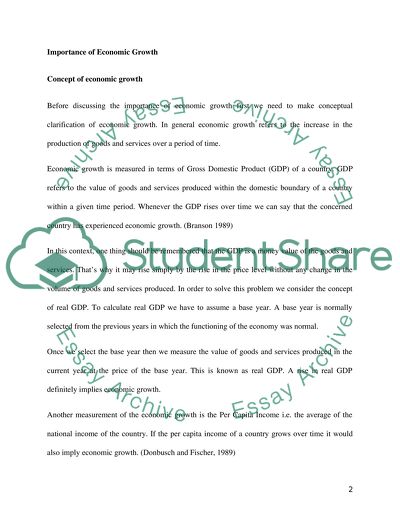Cite this document
(“Economic growth of Asian countries Essay Example | Topics and Well Written Essays - 3500 words”, n.d.)
Retrieved from https://studentshare.org/sociology/1530960-economic-growth-of-asian-countries
Retrieved from https://studentshare.org/sociology/1530960-economic-growth-of-asian-countries
(Economic Growth of Asian Countries Essay Example | Topics and Well Written Essays - 3500 Words)
https://studentshare.org/sociology/1530960-economic-growth-of-asian-countries.
https://studentshare.org/sociology/1530960-economic-growth-of-asian-countries.
“Economic Growth of Asian Countries Essay Example | Topics and Well Written Essays - 3500 Words”, n.d. https://studentshare.org/sociology/1530960-economic-growth-of-asian-countries.


